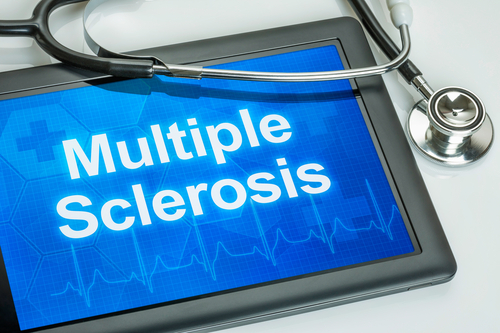MedXChange – Relapsing MS
By DocWire News Editors - Last Updated: April 28, 2023Date filmed: January 17, 2020
Faculty/ with affiliations:
Dr. Florian P. Thomas, MD, PhD
Chair and Professor, Department of Neurology
Hackensack Meridian School of Medicine
Hackensack University Medical Center
Dr. Konstantin Balashov, MD, PhD
Professor of Neurology
Robert Wood Johnson Medical School
Attending Neurologist, Robert Wood Johnson University Hospital
Topics
- Merits of treatment escalation versus a highly effective treatment early approach (HETA) in MS.
- Prognostic indicators for the use of treatment escalation or highly effective treatment early approach (HETA) in MS.
- Long-term impact of delaying high efficacy treatment in patients with MS.
- Impact of earlier high-efficacy MS treatment on outcomes and disease progression.
- Effect of therapeutic advances on patient treatment paradigms.
- Considerations of patient satisfaction with treatment selection in MS.
Brief Overview
While the evidence for escalation with stronger MS treatments sooner, or starting a highly efficacious treatments early approach (HETA) is limited, these approaches do have their merits. Studies have shown that patients initially started on high efficacy treatment experience delayed progression. Prognostic indicators for escalation or the use of HETA include gender (males), age (40-45 years), and the appearance of spinal cord lesions and atrophy on MRI. Their observed correlation to disease progression is greater than that of brain lesions. Precision treatment is therefore an effective method for determining patient success with HETA. The decision to implement HETA requires frank conversations with patients about their efficacy and potential adverse events profiles. However, patients should be informed that the appearance of highly-indicative prognostic indicators may preclude concerns for potential safety issues when considering the use of HETA.
Key Take-aways
- The evidence for using stronger MS treatments sooner, and starting highly efficacious treatments earlier is limited.
- Patients with frequent lesions observed on MRI, or with frequent relapses, require HETA.
- Male gender, age (40 to 45 years), and lesion location on the cervical spinal cord, are good prognostic indicators for escalation or HETA.
- MRI results, walking speed and neurocognitive testing can be used to determine if highly effective treatment should be introduced in relapsing MS.







 © 2025 Mashup Media, LLC, a Formedics Property. All Rights Reserved.
© 2025 Mashup Media, LLC, a Formedics Property. All Rights Reserved.